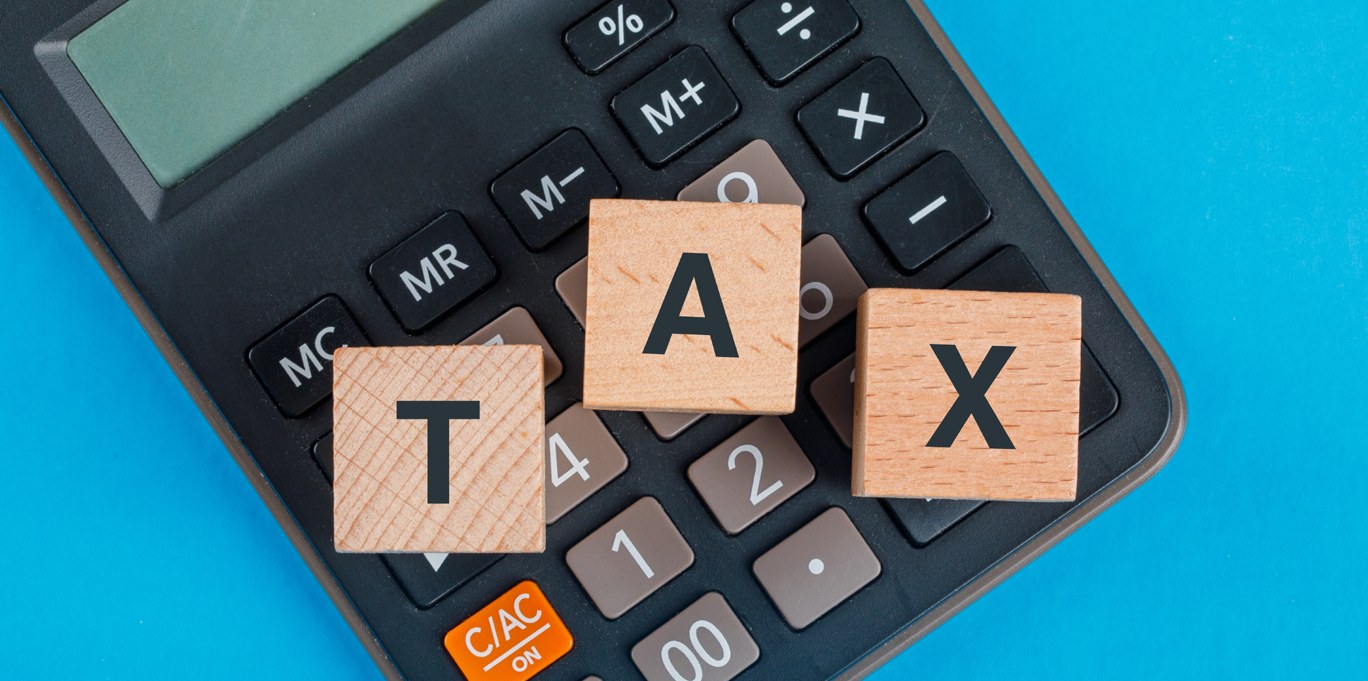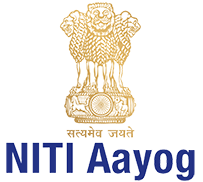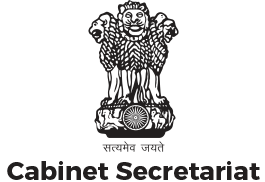
GST rates: We are caught in a cleft stick
By Bibek Debroy
In an ideal GST, all goods and services would be part of it, in addition to a single rate. This will reduce compliance costs and curbs classification disputes and litigation.
“Lalayet pancha varshani, dasha varshani tadayet.” This is a Sanskrit aphorism, sometimes ascribed to Kautilya/Chanakya. I have quoted the first half of the aphorism. “Nurture a child for the first five years and strike him with a rod for the next ten years.” GST was born on 1 July 2017, though a long period of time elapsed between original conception and final delivery. After this July 1, GST will cease to be an under-5 child. As a society, it is necessary to take stock and chastise if necessary. As a subset of society and as the relevant decision-making body, it is up to the GST Council to restructure and reform. Compensation to states approaches its expiry date. But that’s incidental. It may be of consequence, but is consequential. More important is the question of what we want GST to be. There can be no dispute about an ideal GST. All goods and services should be part of the GST net and there should be a single rate. All means all—alcohol (for human consumption), petroleum and products, electricity, land and many services now exempted. The word “exempted” should not be misunderstood. There are items that are part of the GST framework, but are “exempted” in the sense of being subject to a zero or nil rate. I am not using the word exempted in that sense.
Read the full article on New Indian Express: https://www.newindianexpress.com/opinions/2022/mar/19/gst-rates-we-are-caught-in-a-cleft-stick-2431682.html



